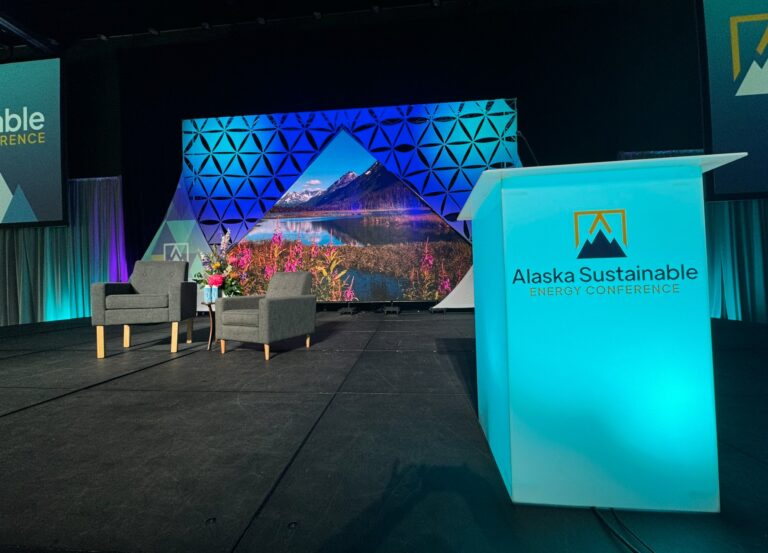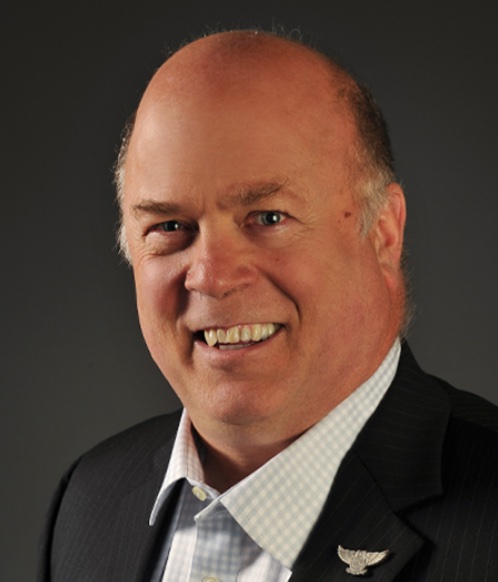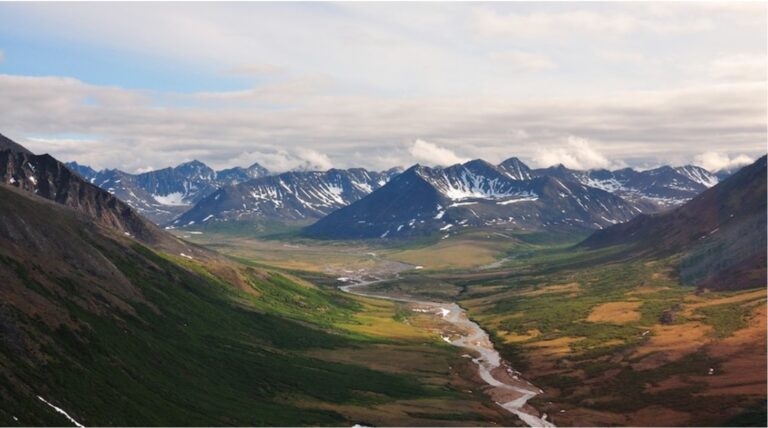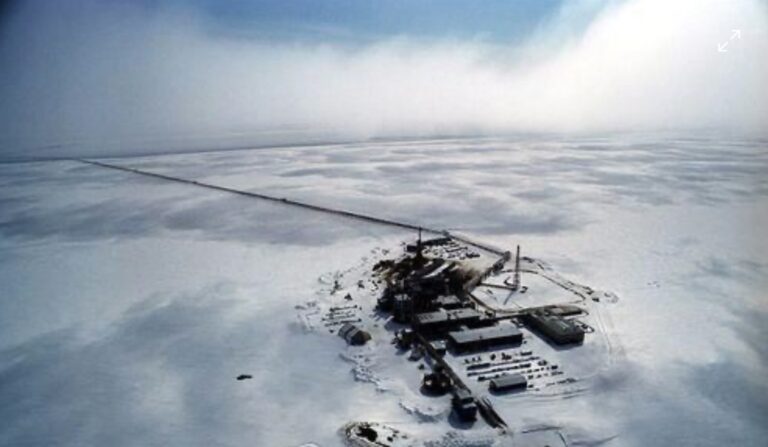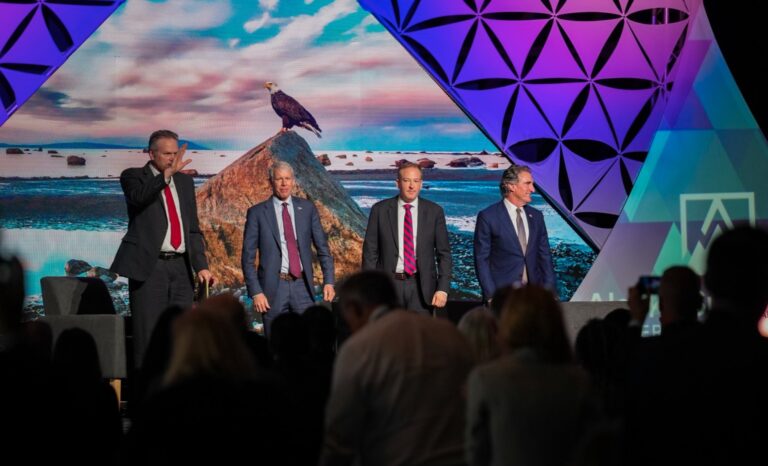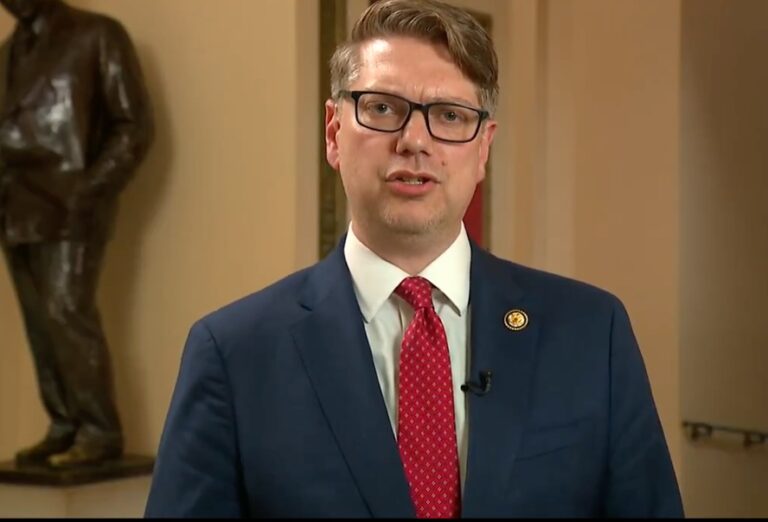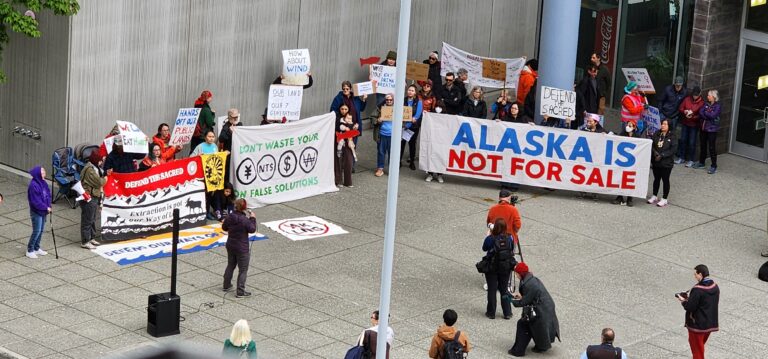A new national poll shows Americans are all-in for Alaska energy.
During the first day of the Alaska Sustainable Energy Conference, pollster and political analyst Matt Larkin, owner of Dittman Research, showed some of the top tabs from recent polling revealing Americans in general hold overwhelmingly positive views of Alaska and support increased development of its vast natural resources. The presentation, based on extensive public opinion research, puts wind in the sails of the state’s national standing as both a cultural icon and a strategic resource hub.
The result of the poll is not what you’ll hear in the mainstream media, however, which has parroted the talking points of the environmental litigation industry and tries to convince Americans that Alaska is for the birds.
- 97% support geothermal energy.
- 80% back wind, solar, and hydroelectric power.
- 65% favor small modular nuclear reactors.
- 60% support carbon capture and storage technology.
According to the Dittman data, 87% of Americans view Alaska positively, placing it ahead of every other state, including Hawaii (83%), Texas (58%), New York (58%), and California (57%).
Alaska is commonly associated with descriptors like “camping,” “individualistic,” and “willingly remote,” further reinforcing its image as a rugged, self-reliant frontier.
Alaska’s cultural presence remains strong, with three-quarters of Americans reporting they have watched television shows about the state, highlighting its continued visibility and appeal in popular media.
The survey results demonstrate overwhelming national support for expanding Alaska’s industrial sectors. Key findings include:
- 77% of American support strengthening national security through development of Arctic infrastructure, including icebreakers.
- 64% back mining expansion.
- 62% support growth in the timber industry.
- 61% favor oil and gas development.
There is also broad agreement among Americans that Alaska should have greater control over its own lands and resources, a long-running concern in a state where the federal government owns roughly 60% of the land.
Within the state, confidence in traditional energy development remains strong. Half of Alaskans view oil and gas as a major part of the state’s economy, with another 31% seeing it as moderately important. Just 8% believe it plays an insignificant role.
A key focus of the presentation was the proposed natural gas pipeline from Alaska’s North Slope—a project long discussed and now gaining new momentum. Support among Alaskans for the pipeline stands at 77%, with 27% expressing strong support. Even more telling, 70% of Alaskans believe the gasline project is closer to becoming a reality in 2025 than in past years.
Of note, interest in personal investment in the Alaska LNG gasline was also high.
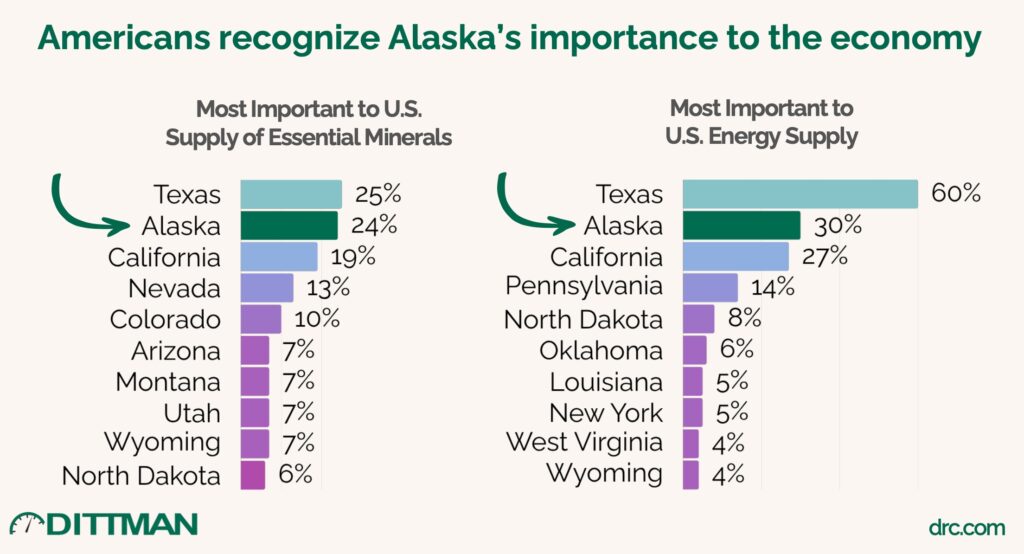
While committed to traditional resource industries, Alaskans are also enthusiastic about a renewable energy future. The survey found:
These findings suggest that Alaskans see a complementary path forward, where both conventional and renewable energy sources contribute to economic development and energy security.
See the results from the poll here (may not be visible on mobile phones):
The research was conducted by Dittman Research, with national-level polling from Public Opinion Strategies and Alaska-specific polling supported by the Alaska Chamber. The overarching message from Larkin’s presentation was that Americans see Alaska not only as a unique and admired place but as a critical player in the nation’s resource and energy future. With growing public support for expanded development, increasing confidence in key infrastructure projects, and broad enthusiasm for renewable energy, Alaska appears well-positioned to lead in a balanced and strategic energy era.
